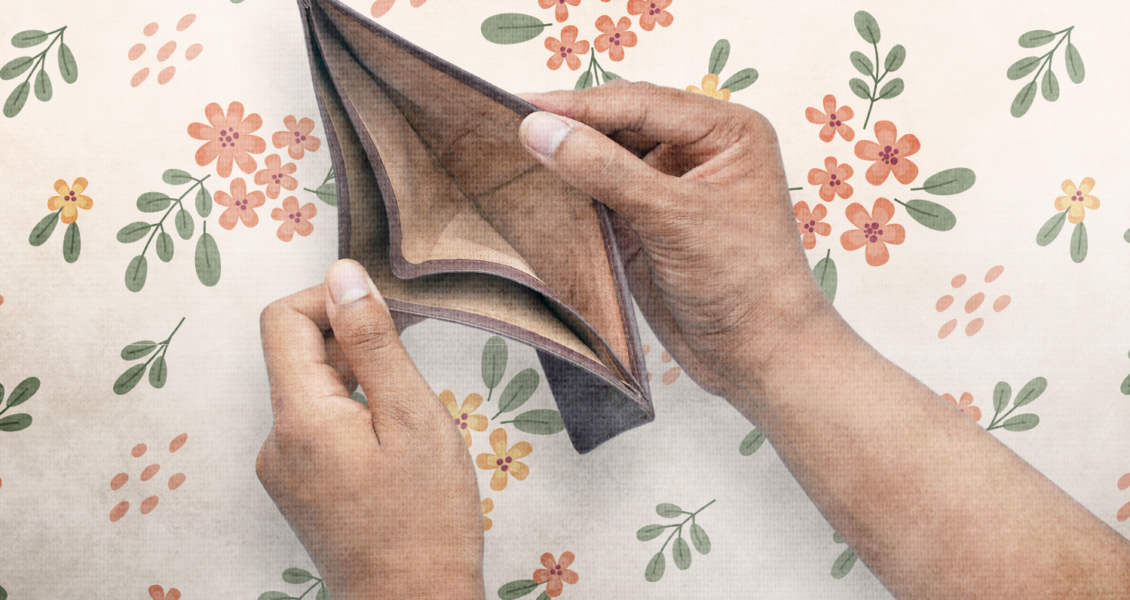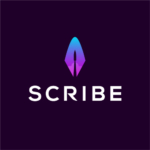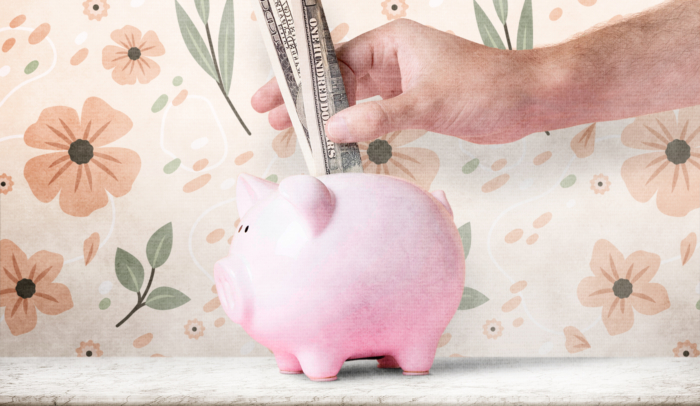You’ve probably heard the term “book royalty” get tossed around a lot in publishing.
But what does it really mean?
To put it simply: a book royalty is the amount that a publisher pays an Author for the rights to publish their book.
While simple in concept, this can bring up a host of other questions for first-time Authors:
- Do Authors start earning royalties right away?
- How much can you earn as an Author?
- What’s the typical profit margin on a nonfiction book?
Still, royalties don’t have to be a mystery. In fact, they’re pretty easy to figure out.
In this post, I’ll explain what royalties are, how much Authors can earn, and how you can calculate them.
What Is a Book Royalty?
A book royalty is the amount that a publisher pays an Author in exchange for the rights to publish their book.
Royalties are calculated as a percentage of book sales. For example, an author might earn 7.5% royalties on every paperback sold and 25% on every eBook sold.
Royalties are typical in traditional publishing, where Authors sell the rights to their book to a publisher. In self-publishing, royalties don’t exist because the Author sets the prices and decides on the profit margin.

Even though they’re a common way for Authors to make money, royalties don’t always work in an Author’s best interest. That’s because a royalty-based financial model forces publishers to focus entirely on book sales.
Authors have plenty of ways to make money, aside from selling their book. They can give talks, find new clients, consult, launch a product, become a coach, or build a personal brand. Of course, it’s great to have a book that sells a million copies, but that’s an extremely rare event.
For publishers, royalties are the only way to earn money. It doesn’t matter if an Author gives 50 talks a year to packed rooms of thousands. If those talks don’t translate to direct book sales, they have no value for a publisher.
It’s unfortunate, but the royalties model forces publishers into a short-sighted focus when it comes to Authors and the power of books. They only buy books that they think will sell in large numbers, and they have to market them to the largest audience possible.
In the long run, that narrow focus can be an obstacle for Authors who want to use their book to expand their personal brand or achieve other goals.
What Are Typical Rates for Book Royalties?
Royalty rates vary slightly, but on average, you can expect the following from traditional publishers:
- Hardcover sales: 15%
- Trade paperback sales: 7.5%
- Mass-market paperback sales: 5%
- eBook sales: 25%
- Audiobook sales: 25%
Some contracts include graduated royalties. For example, you might earn 10% on the first 5,000 hardcover copies sold, 12% on the next 5,000, and 15% on every copy thereafter.
How Are Book Royalties Calculated?
Most publishers pay royalties based on the retail price of the book. That means if the book retails at $20, and the royalties rate is 5%, you will earn $1 per book sold. These kinds of royalties are often called “list royalties” or “retail royalties.”
Occasionally publishers pay Authors “royalties on net sales.” Publishers sell to book outlets at different prices. For example, a publisher might offer a large wholesale discount to Amazon and a lower discount to an independent bookstore that only buys a few copies.
Royalties on net sales are calculated after factoring in all those price differences and discounts.
It’s generally better for Authors to receive retail royalties since the list price is the highest price a book sells for.
At this point, book royalties might sound great. You’re making money on every sale, and $1 for every book adds up.
But here’s the tricky part: Authors don’t earn royalties right away. You only get them once you’ve earned out your advance.
What Is an Advance?
An advance is a negotiable up-front payment that a publisher pays an Author.
You may have heard about million-dollar advances for hot-topic or in-demand books from major publishers.
Most advances are much more modest. There is no average advance, but six-figure advances are fairly rare outside of the large houses, and 5 figure advances are far more common. And there are even very small advances. Some academic presses might only offer $1,000 for an advance.
That discrepancy exists because an advance is based on the number of books a publisher thinks they can sell. Trendy topics from established authors can sell a lot of books, which means the Author gets a higher advance. Niche topics can sell only a limited amount of books, so there’s not as much money at stake.
There isn’t an average advance amount, but most major publishers don’t offer small ones. If they don’t think a book will sell well enough to earn back six figures, they usually won’t put the effort and resources into publishing it.
Advances aren’t charitable gifts. They are payments against future royalties. That means if a publisher gives you a $100,000 advance, they expect to make more than $100,000 off book sales.
Once an Author gets an advance, they won’t see another cent until their book has sold enough copies to pay the advance back.
In other words, if your book is earning royalties at a rate of $1 per copy, and you got a $100k advance, you’d have to sell more than 100,000 copies before you’d receive royalty payments.
Advances are great if you can get them, but they’re hard to get. Publishers want to know that a book is going to be a sure success before they give an Author an advance.
(Thankfully, if you don’t earn back your advance, the money is still yours to keep. But publishers might be wary of taking on your next book.)
Unless you already have thousands of followers on social media or a highly visible personal brand, it’s hard to break into the world of traditional publishing. Publishers don’t want to take risks, and most Authors don’t have the platform to guarantee 25,000 sales.
If you are lucky enough to score an advance, there are still trade-offs to consider.
You will no longer own the print license for your book, which means you can’t do anything else with the content. If you wanted to break it into smaller chunks and sell it on your website, you couldn’t. If you wanted to turn it into a magazine article, you’d have to get the publisher’s permission.
Then, if the book is a major hit, you’re only going to get a small fraction of the profits. Let’s say you earn back that $100k advance and sell another 200,000 copies. With royalties, you’d earn another $100k.
But if you had self-published that same book, you’d earn 100% on each sale after recouping your production costs. That’s a lot more than 5%.
Instead of $200,000, you could be making millions.
Example of Book Royalties with an Advance
Let’s say you found an agent, wrote a book proposal, got an offer, accepted that offer from a traditional publishing house, negotiated a publishing contract, wrote the book, and the book is ready to launch. Here’s a deeper look at how your book royalties and advances would work.
Your $100,000 advance would likely be split into three payments. You’d get $33.3k when you sign the book contract, $33.3k when you deliver the manuscript and another $33.3k when the book is published.
Your retail royalties are 7.5%. The list price for your book is $20.
That means you’ll earn $1.50 in royalties per book.
Now, let’s say you mobilize your contacts for your book release, and in the first month, you sell 5,000 copies. Most big publishers want 25,000 sales in the first month, but very few books actually sell that well.
(For the record, 5,000 copies a phenomenal launch. In 2019, Scribe’s median title sold 174 copies in the first week. That’s a better target for the “average” nonfiction book. It may not sound like much, but that number creates enough momentum to keep spreading by word of mouth.)
That means in the first month your book earned $7,500 toward your advance.
You have $92,500 to go before you’ll get a royalty check.
If your book keeps selling at a steady pace, it will take you just over 12 months to earn out your advance. Afterward, any royalties are yours.
It’s really hard for a book to sustain its first-month sales for over a year. But let’s say you get some good press and miraculously, sales stay steady. If you continue to sell 5,000 copies every month, at the end of two years, you will have earned:
Your $100,000 advance + 7.5% royalties on another 53,333 books = $180,000
Amazon’s Self-Publishing “Royalties”
When you self-publish, you keep the rights to your works. That means, technically, Amazon’s payments aren’t really “royalties,” even though that’s what Kindle Direct Publishing (KDP) calls them.
You have two royalties options for KDP eBooks: 35% or 70%. The choice for higher royalties might seem obvious, but there are some stipulations involved, like pricing and geographical availability.
You also have the offer to enroll your book in the KDP Select program, which offers a different royalty structure. You can find out more about all those options in this post.
No matter which royalties plan you choose, here’s an important point: Authors on KDP keep complete control over their book’s price and promotions. You have the right to use the book however you want to.
At the end of the day, your book should be working for you, not the other way around. If you can get a large advance and already have a strong following, traditional publishing might be your best option.
But maybe not.
You have to decide whether the trade-offs are worth it.


